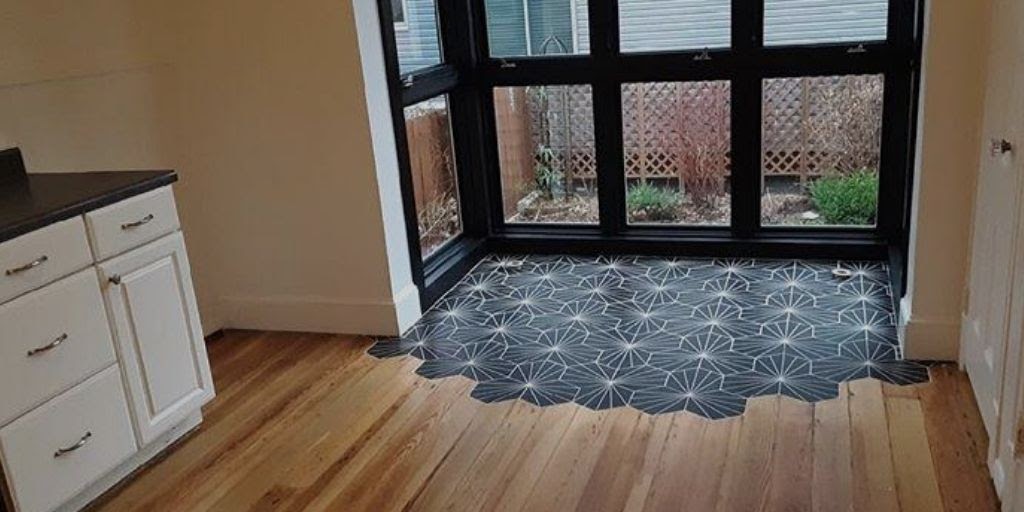
Image Source: Digs Digs
In an ideal world, creating an open floor plan would be as easy as placing your flooring pick in each room with a seamless transition between each. Tile in the kitchen, hardwood in the living room and dining room, and concrete once you step in the front door. But, it’s a little more complex than that, and it requires some planning. For example, while hardwood floors are great for a hallway or living space, it’s a good idea to transition to some type of tile in the bathroom, since hardwood can be ruined by moisture. To solve this issue and accommodate the shifts from one material to another, you want to use what are called transition strips.
If you are transitioning from one type of flooring to another room with the same type, you may not have to use a transition strip where they meet, particularly if they are the same thickness. A transition strip is still a good option, however, because it allows the material to expand and contract the way flooring naturally does. In addition, unless the two floors blend together in an aesthetically pleasing way by pure happenstance, you may want to visually break up the flooring, and a transition strip can provide that.
In situations when blending from one type of wood to another, seam binders are used to bridge the gap between wood floors of equal thickness. These transition strips are about 5 inches wide and are flat with beveled edges. The seam binder is placed into position over the seam then secured to the subfloor by drilling screws into the pre-formed holes. Because they are secured to the subfloor, they can expand and contract without causing cracks in either the flooring or the transition strip. Seam binders are also great because they come in multiple widths and are generally sold unfinished so you can stain them to match your flooring.
If you are dealing with two different types of flooring, you will almost always need a transition strip. Different flooring materials have varying characteristics that can prevent a smooth transition. For example, the floor height may change, the kind of finish is generally different, and that can impact the underfoot characteristics. A visible transition ensures that the person walking toward it sees it, and therefore, anticipates the change in flooring elevation or finish, preventing slipping. Flooring transfers are available in many different finishes, unlike decades past. These days you can purchase a variety of flooring transfers made from high-quality materials that will blend seamlessly to create smooth transitions from one room of your home to the next.